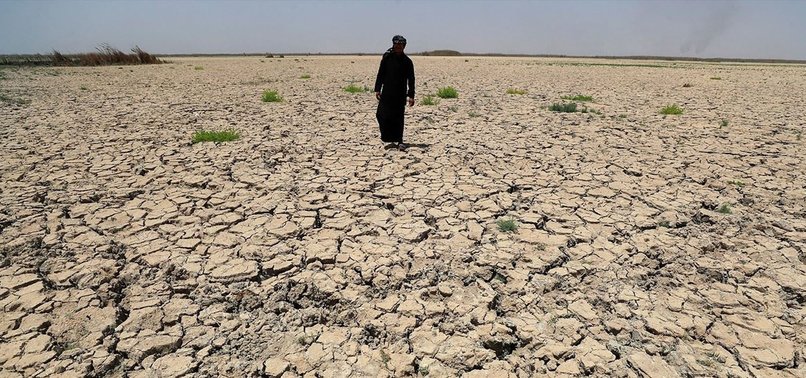Iran has intensified efforts to generate artificial rainfall amid a deepening water crisis that officials say now threatens agriculture, industry and daily life across large swathes of the country. After nearly a decade of below-average precipitation, emergency cloud-seeding operations have been ordered in at least eight provinces, marking one of the government’s most expansive weather-modification drives to date.
The programme, overseen by the Islamic Revolutionary Guard Corps’ aerospace division and the national meteorological agency, involves deploying aircraft equipped with flares containing silver iodide and other condensation agents. These chemicals are released into clouds in an attempt to accelerate the formation of raindrops. Officials insist the method is safe and cost-effective, though scientists continue to debate how much rainfall such operations genuinely produce.
Authorities describe the current situation as one of the most acute water shortages Iran has faced in modern history. Reservoir levels across the country have plunged, with several major dams — including those supplying Tehran and Isfahan — reportedly hovering at or below 30 per cent capacity. Rural communities have been hit hardest: wells are drying, rivers have slowed to a trickle, and farmers warn that crop failures could intensify food-price inflation already straining households.
In the southern province of Hormozgan, residents have staged small protests over erratic water deliveries, while in central Iran, some towns have introduced overnight rationing. Energy officials have cautioned that hydroelectric output may fall sharply in the coming months, increasing the likelihood of rolling blackouts as temperatures rise.
Environmental experts say the crisis is the result of a decades-long convergence of climate change, rapid population growth and chronic water mismanagement. Iran consumes far more water than its renewable supply, driven partly by water-intensive crops such as wheat and pistachios. The country’s extensive network of dams — once celebrated as symbols of progress — has been criticised for disrupting natural river flows and accelerating the depletion of aquifers.
Despite the government’s push for technological solutions, analysts argue that cloud seeding alone cannot offset structural shortages. “You can’t manufacture your way out of a drought this severe,” said one Tehran-based hydrologist. “Without major reforms in agriculture, urban consumption and groundwater regulation, these measures will only buy time.”
Officials, however, insist that all options must remain on the table. As summer approaches and forecasts predict another year of sparse rainfall, Iran’s struggle for water security is set to intensify — with the skies becoming the latest arena in its battle against a relentless, years-long drought.
